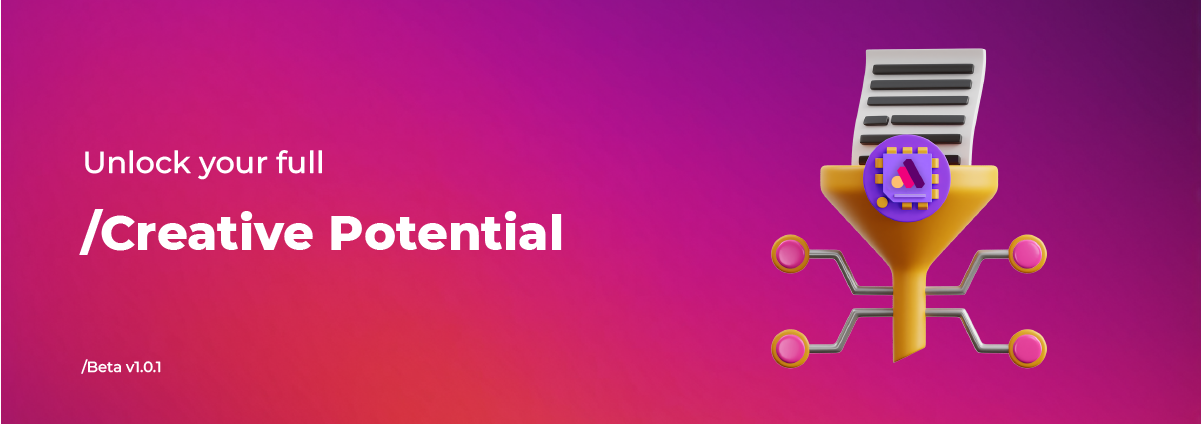Origins

As we enter a new era of creativity with the rise of large language and diffusion models, machine learning is becoming increasingly prevalent in the creative industry, either through creative augmentation or project development.
Why a research lab for creatives?
I know what you're thinking, creatives doing research? Just hear me out for a minute. Creative professionals can benefit greatly from having research labs as part of their practice for several reasons:
Innovation and Experimentation: Research labs provide a dedicated space where creatives can experiment with new technologies, methodologies, and materials. This environment fosters innovation and encourages thinking outside the box.
Collaboration Opportunities: Research labs often facilitate collaboration with experts from different fields, such as scientists, engineers, and designers. These collaborations can lead to the development of interdisciplinary projects that push the boundaries of creativity.
Access to Resources: Research labs typically provide access to specialized equipment, tools, and resources that may not be readily available elsewhere. This access can enable creatives to explore new ideas and approaches that would be challenging to pursue on their own.
Validation and Credibility: Having a research lab can enhance the credibility of creatives in the industry. It shows a commitment to rigorous experimentation and innovation, which can attract clients, collaborators, and opportunities.
Long-Term Impact: Research conducted in a lab setting has the potential for long-term impact, leading to groundbreaking discoveries, advancements in artistic techniques, and new ways of thinking about creative processes.
What does AI have to do with it?
We wouldn't have achieved half of what we have created so far without the use of AI in some way, shape or form. We think this could be very beneficial to others in our shoes. It is also relatively new and allows an individual to explore the possibilities of what's possible.
AI can play a significant role in supporting creatives within a creative research lab by:
Automating Repetitive Tasks: AI can automate repetitive tasks such as data analysis, image processing, or pattern recognition, allowing creatives to focus more on the creative aspects of their work.
Predictive Analytics: AI algorithms can analyze large datasets to identify patterns and trends that can inform creative decision-making. This can help creatives anticipate future trends and make more informed choices in their projects.
Generative Design: AI-powered generative design tools can assist creatives in exploring a vast number of design options rapidly, helping them discover novel solutions and push the boundaries of creativity.
Personalization and Recommendation: AI algorithms can analyze user preferences and behavior to offer personalized recommendations for creative projects, helping creatives tailor their work to specific audiences or markets.
Natural Language Processing: AI-powered natural language processing tools can assist creatives in analyzing and generating textual content, facilitating research, ideation, and storytelling processes within the lab.
Virtual Prototyping: AI can be used to create virtual prototypes of creative projects, allowing creatives to visualize and iterate on their ideas in a digital environment before committing resources to physical production.
By leveraging AI technologies in these ways, creatives in a creative research lab can enhance their productivity, creativity, and effectiveness in exploring new ideas and pushing the boundaries of their craft.
What's next?
For now, we are virtual. We will keep you posted.